Petra is an ancient city nestled in the rocky desert landscape of Jordan. Renowned for its architectural grandeur and historical significance, Petra is considered one of the world’s most impressive archaeological sites. The Nabataeans established the city around the 6th century BCE, during a nomadic Arab civilization. Petra flourished as a significant trading hub strategically positioned along ancient trade routes.
At the heart of Petra lies the iconic Treasury, a magnificent structure carved into a sandstone cliff. This remarkable facade is just one of many architectural wonders that await visitors within the ancient city’s boundaries. The narrow passage known as the Siq leads to many intricately carved tombs, temples, and dwellings. The craftsmanship and attention to detail in these rock-cut structures are awe-inspiring.
Petra’s rich history, mystical ambiance, and cinematic appearance have earned it the nickname “Rose City” In 1985, it was designated as a UNESCO World Heritage site; in 2007, it was declared one of the World’s New Seven Wonders. Today, Petra continues to captivate travelers from around the globe, providing a glimpse into the ancient past and leaving an indelible mark on all who visit.
Don’t Miss checking out our Jordan Travel Packages.
Petra Tourist Attractions
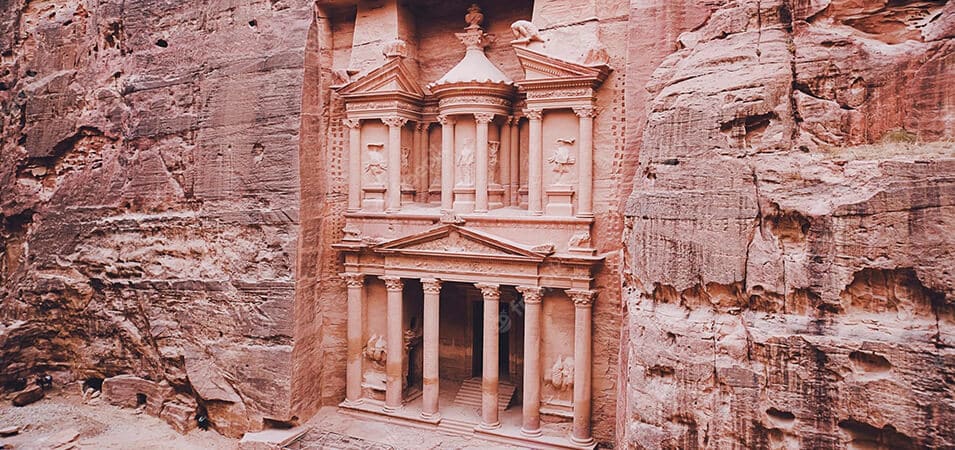
Petra’s tourist attractions are a testament to its ancient beauty. Marvel at the Treasury, walk through the narrow Siq, admire the intricately carved Street of Facades, explore the Royal Tombs, climb to the Monastery, and experience the grandeur of the Roman Theater. Each site reveals Petra’s historical and architectural magnificence.
The Siq and the Treasury
The journey to Petra’s main attraction, the Treasury, begins with a walk through the narrow Siq gorge. The towering rock walls and intriguing formations along the Siq create a dramatic entrance. Upon reaching the end of the Siq, visitors are greeted by the awe-inspiring Treasury, an architectural marvel carved into the sandstone cliffs. The Treasury’s historical and cultural significance adds to its allure.
The Monastery (Al-Deir)
Located at the far end of Petra, the Monastery is an impressive and remote structure that leaves visitors in awe. The hike to the Monastery is challenging but immensely rewarding. As you ascend the 800 rock-cut steps, you’ll be rewarded with panoramic views of the surrounding landscape. The Monastery’s grandeur and solitude make it a must-visit site.
The Royal Tombs in Petra
The Royal Tombs in Petra is an impressive collection of rock-cut tombs that served as the resting places for Nabatean royalty. Carved into the sandstone cliffs, these tombs exhibit remarkable architectural craftsmanship. The Urn Tomb stands out among the tombs’ large facade and intricate reliefs. The Silk Tomb displays vibrant colors and fine details. The Corinthian Tomb showcases Corinthian columns, while the Palace Tomb impresses with its grandeur. Visiting these tombs offers a glimpse into the ancient Nabatean civilization and their reverence for the deceased. The Royal Tombs are a must-see for anyone exploring the wonders of Petra.
The Street of Facades and the Great Temple in Petra
The Street of Facades in Petra is a captivating sight that spans over 350 meters, adorned with intricately carved tomb facades. These monumental structures showcase the burial sites of the Nabateans and offer a glimpse into their unique architectural style.
Adjacent to the Street of Facades lies the Great Temple, one of the largest structures in Petra. This colossal temple complex features imposing columns and a massive staircase, indicating its former grandeur. Dedicated to various deities, the Great Temple played a significant role in Nabatean religious practices.
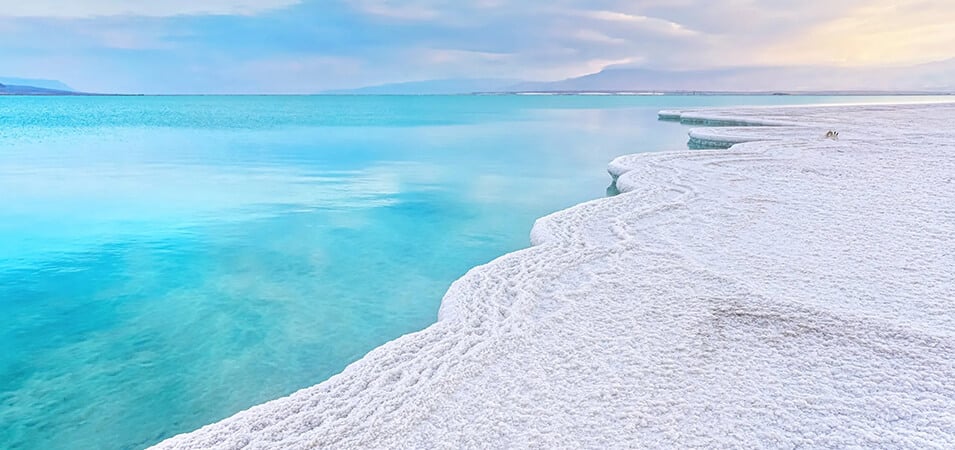
Beyond Petra: Nearby Attractions
- Wadi Rum desert
A short distance from Petra lies the mesmerizing Wadi Rum desert. With its towering red sandstone cliffs and vast open spaces, Wadi Rum offers a unique landscape that has captivated visitors for centuries. Engage in desert camping, embark on thrilling 4×4 safari tours, or bask in the tranquility of this extraordinary desert wilderness.
- The Dead Sea
Extend your Jordanian adventure by visiting the Dead Sea, a natural wonder renowned for its high salt concentration, allowing visitors to float effortlessly on its surface. Enjoy the therapeutic properties of the mud and indulge in spa treatments offered by nearby resorts, providing relaxation and rejuvenation.
Cultural Experiences in Petra
Exploring Petra goes beyond its architectural marvels; it offers unique cultural experiences that deepen your understanding of the region. Engage in these cultural encounters to enhance your visit:
- Engage in conversations, savor traditional tea, and learn about their nomadic lifestyle.
- Experience Bedouin music, dance, and storytelling during cultural performances in Petra.
- Indulge in traditional Jordanian dishes like mansaf, falafel, and baklava.
- Participate in workshops to learn pottery, sand bottle art, or Arabic calligraphy from skilled artisans.
- By immersing yourself in these cultural experiences, you’ll gain a deeper appreciation for Petra’s rich heritage and the warmth of its people.
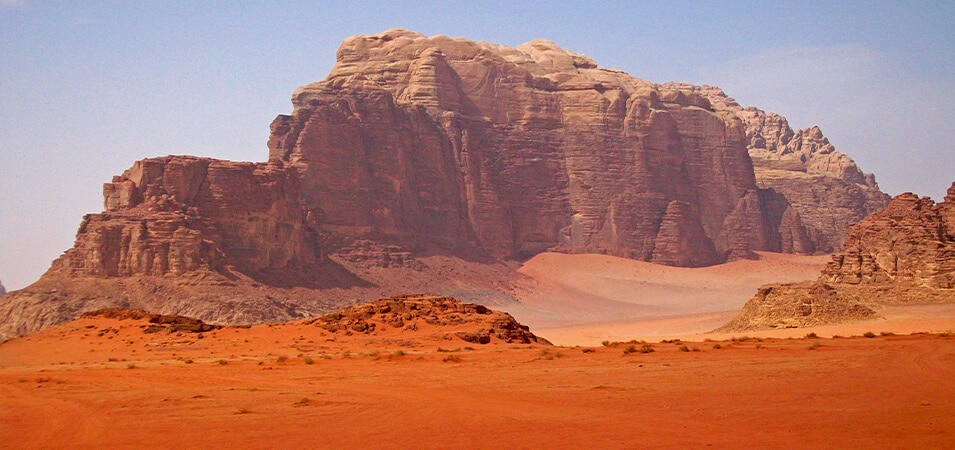
Accommodation Options in Petra
When visiting Petra, several accommodation options suit various budgets and preferences. Here are some popular choices:
- Petra has a range of hotels near the archaeological site’s entrance. These hotels offer comfortable rooms, amenities like restaurants and pools, and some even have views of the mountains. Some well-known hotels in Petra include the Mövenpick Resort Petra, Petra Marriott Hotel, and Petra Guest House.
- Charming bed and breakfast establishments are also in the nearby town of Wadi Musa. These accommodations provide a cozy and homely atmosphere with personalized service. They often include a delicious breakfast to start your day.
- For a unique experience, there are campsites available near Petra. These camps offer tents or Bedouin-style accommodations and allow you to immerse yourself in the desert surroundings. Some grounds also organize cultural activities and Bedouin hospitality.
- If you’re looking for more affordable options, budget hotels and guesthouses in Wadi Musa offer basic amenities and comfortable stays.
It’s advisable to book your accommodation in advance, especially during peak seasons, to secure your preferred choice.
Tips for a Memorable Petra Visit
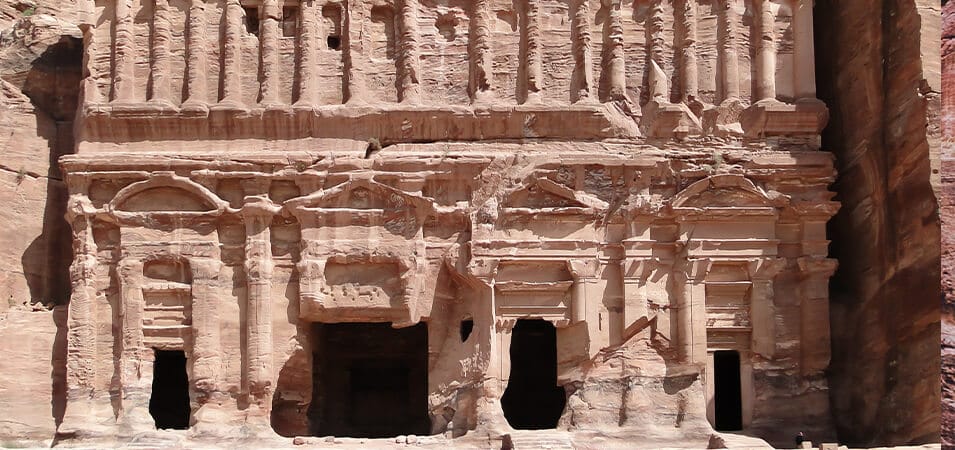
When embarking on a journey to the ancient city of Petra, you must equip yourself with the knowledge and preparations needed to make your visit truly unforgettable. Here are some tips to enhance your experience and ensure a memorable adventure:
Wear comfortable footwear and clothing
Comfortable footwear is a must to explore Petra’s vast and awe-inspiring landscapes fully. The site involves walking long distances and navigating uneven terrain, so opt for sturdy walking shoes or hiking boots that provide good support. Dressing in lightweight and breathable clothing is also advisable to stay comfortable throughout your exploration, especially during the warmer months.
Stay hydrated and bring snacks
Petra is a vast archaeological site; staying hydrated is crucial during your visit. Carry a refillable water bottle and ensure you drink plenty of fluids, especially in the dry climate. Pack some energy-boosting snacks like nuts, dried fruits, or granola bars to keep you fueled throughout the day and maintain your energy levels.
Hire a local guide for in-depth knowledge
Consider hiring a local guide to immerse yourself in Petra’s rich history and hidden stories. These experts can provide valuable insights, historical context, and fascinating anecdotes about the site. A guide will help you navigate the complex labyrinth of tombs and structures, uncovering the secrets and significance behind each fascinating feature and enriching your understanding of Petra’s cultural heritage.
Respect the cultural and historical significance of the site
As you explore Petra, it’s essential to show respect for the cultural and historical significance of this remarkable UNESCO World Heritage Site. Treat the ancient structures, tombs, and artifacts carefully, refraining from touching or causing any damage. Follow the designated paths and signs to preserve the site’s integrity and ensure its longevity for future generations to appreciate and enjoy.
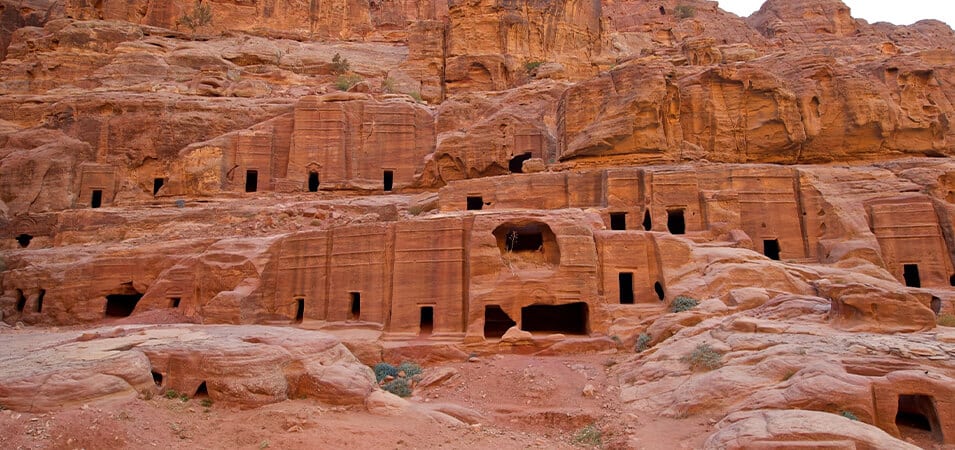
Best Time to Visit Petra
The best time to visit Petra, Jordan, is spring (March to May) and autumn (September to November). These seasons offer mild temperatures, making exploring the ancient city and its iconic structures more comfortable. During spring, you’ll witness beautiful blooming flowers that add a vibrant touch to the landscape. Autumn brings pleasant weather and fewer crowds, allowing you to enjoy the magnificent rock-cut architecture without feeling overwhelmed.
Summers (June to August) in Petra can be scorching hot, with temperatures reaching extreme highs, making it less ideal for extensive outdoor exploration. Winter (December to February) brings cooler temperatures, but occasional rainfall can hinder outdoor activities.
Visiting Petra early in the day is advisable to avoid the crowds and make the most of your experience. The site opens at 6 am, allowing you to explore the stunning Treasury and other attractions before the influx of tourists. Remember to bring sunscreen, comfortable footwear, and sufficient water to stay hydrated throughout your visit.
Don’t Miss to Check out our Related Article :
